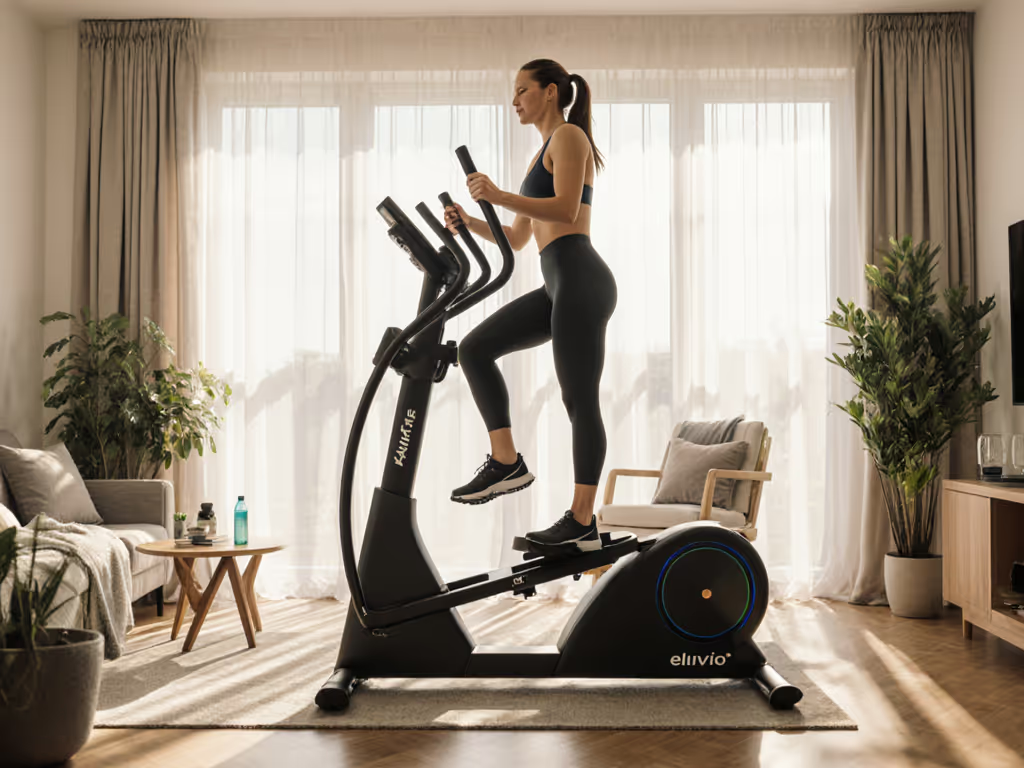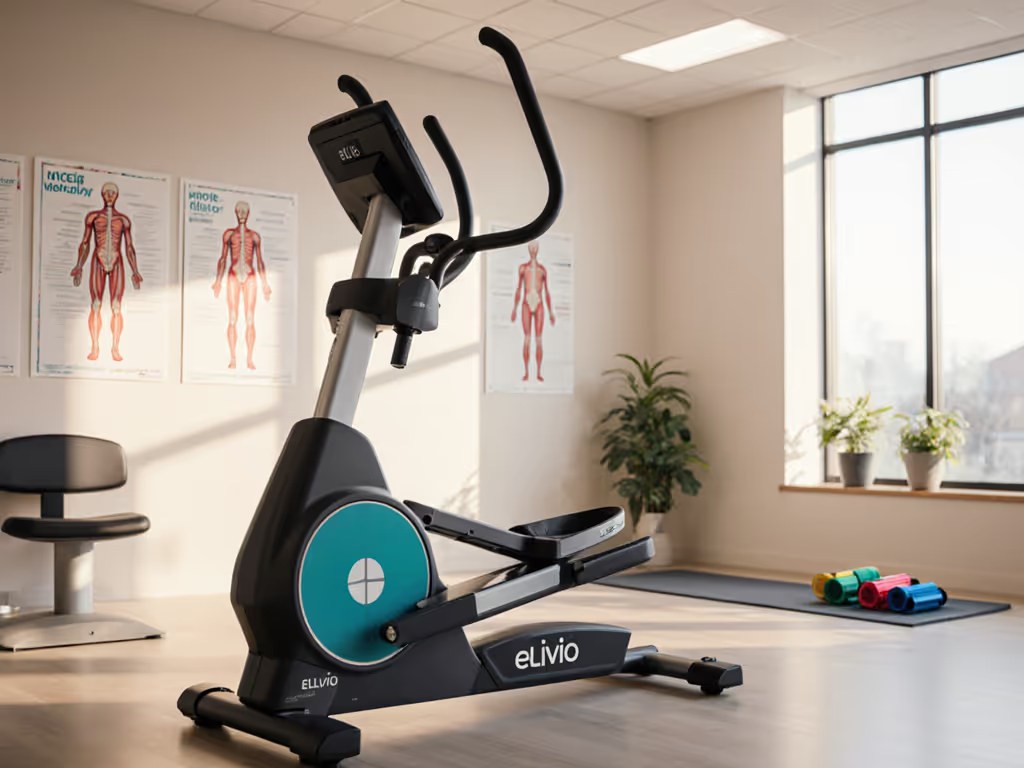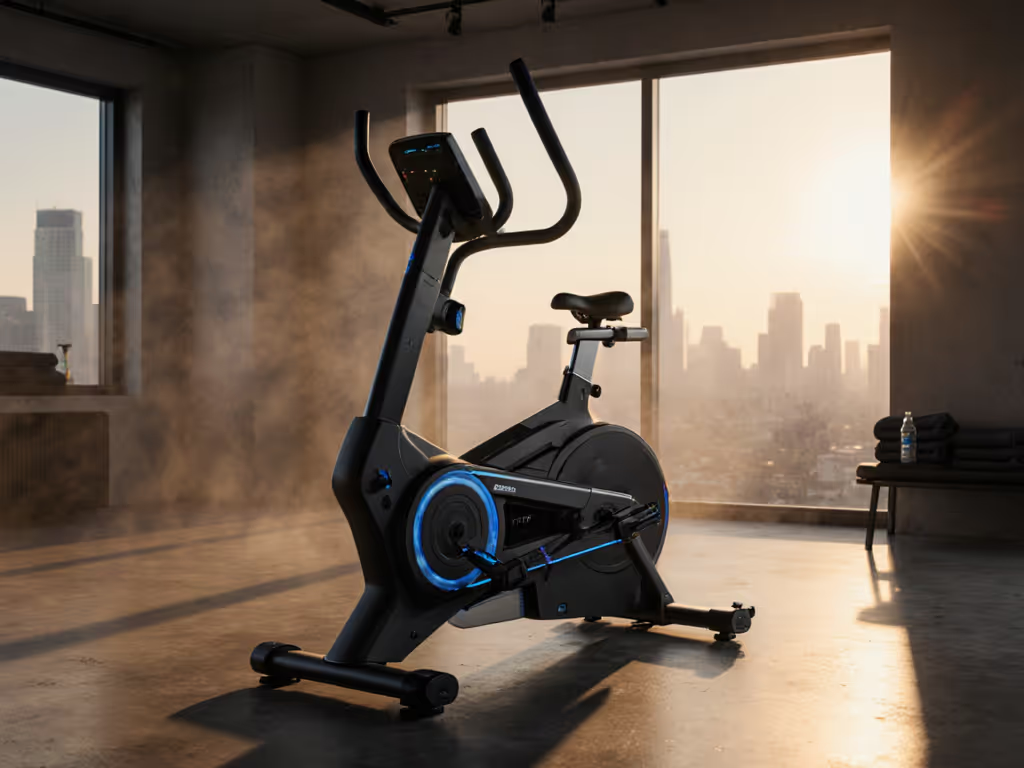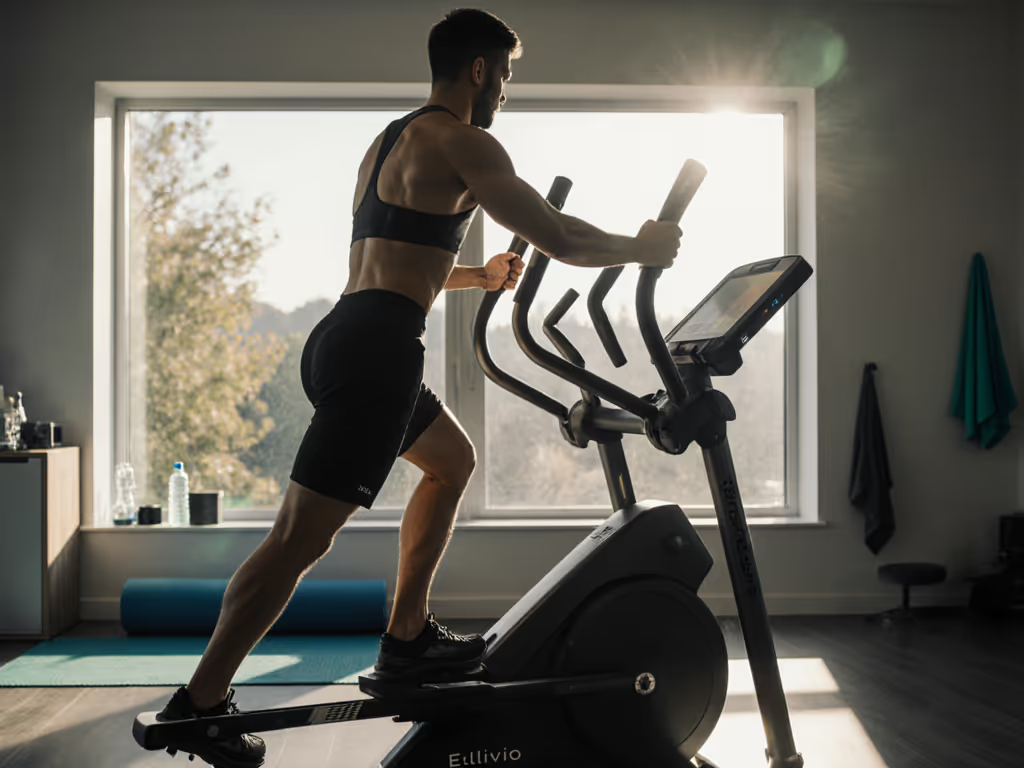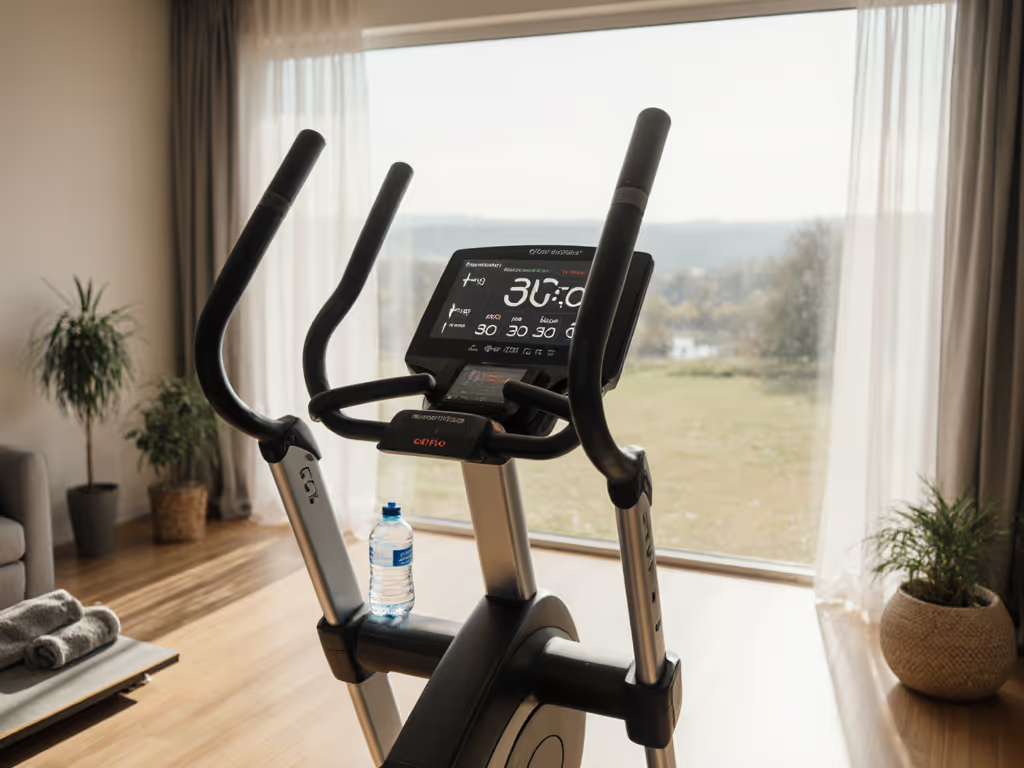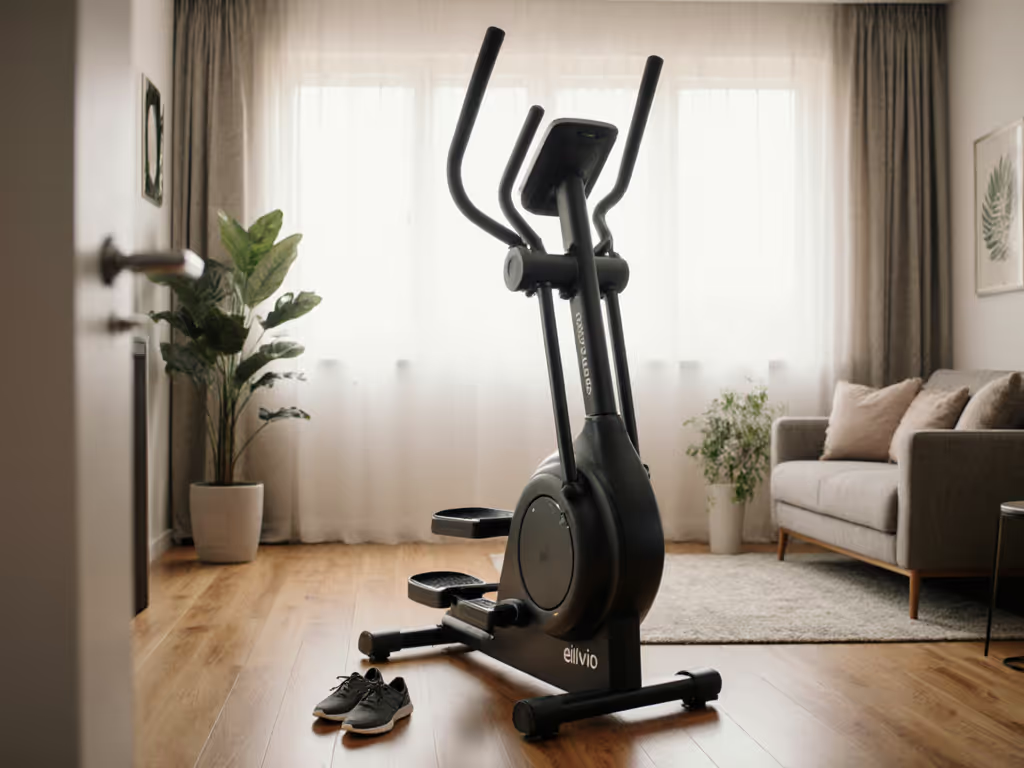If you're navigating injury recovery, elliptical rehabilitation offers a uniquely controlled path back to movement. Unlike high-impact cardio, the elliptical's fluid motion supports injury recovery elliptical protocols by minimizing joint stress while rebuilding strength. But timing and alignment matter intensely (start too soon or misconfigure your stride, and you'll sabotage progress). I've seen dozens of clients extend recovery timelines by ignoring basic biomechanics. Today, we translate physical therapy guidelines into precise, at-home checkpoints (all backed by measurable thresholds, not guesswork).
Why the Elliptical? Physics Over Popularity
Ellipticals aren't just "gentle." Their biomechanics actively repair gait patterns disrupted by injury. Research confirms this: physical therapy elliptical sessions post-hip surgery significantly improve stride length and walking speed by 3 months (per Massachusetts General Brigham's 2023 study). How? The closed-chain motion distributes load across hips, knees, and ankles while activating stabilizers (if the machine aligns with your body). Misalignment turns rehab into reinjury.
Your Injury Recovery FAQ: Measured, Not Mythical
Q: "When is it safe to start elliptical rehab after surgery?"
Answer: Wait for your physical therapist's clearance, but never before 4 weeks post-op for lower-body injuries. Why? Hamstring tears and ACL repairs need tissue remodeling time. Early overuse (even on low resistance) stresses healing fibers. The MGH rehabilitation protocol explicitly clears ellipticals at week 4 only if pain-free during walking. If you feel twinges, stop immediately. If it hurts, it's wrong. This isn't caution; it's biology.
Q: "How do I set stride length after knee surgery?"
Answer: Your height means nothing. Measure your functional stride. Stand barefoot, step forward naturally, and mark where your toe lands. Measure heel-to-heel (in inches). Now, match this to your elliptical:
- Under 16": Requires short 14-16" stride machines
- 16-20": Optimal for 18-20" stride
- Over 20": Needs 20"+ stride
Ignore marketing claims like "fits all heights." At 72" tall with a 22" functional stride, I taped my floor after winter knee pain. Switching to a 20" stride eliminated pinching in days, proving machines must adapt to you. Deviate more than 2" from your measurement, and you'll force knee valgus or hip hiking. Flag this red flag: If your knee wobbles inward during the pedal stroke, stride length is wrong.
Q: "What Q-factor prevents hip/knee strain during rehab?"
Answer: Target under 180mm between pedal centers. Wider spacing (over 200mm) forces hip abduction, straining IT bands, especially critical post-hip surgery. Measure your natural hip width: Stand with feet together, mark outer ankle points, and measure between them. If your width is 170mm, avoid ellipticals exceeding that Q-factor. Elliptical after knee surgery demands narrow Q-factors; studies show wider settings increase lateral knee pressure by 32%. This isn't optional, it is joint preservation.
Q: "Can ellipticals replace walking in early rehab?"
Answer: Not until gait normalizes. Low impact rehab requires weight-bearing confidence first. If you still limp or favor one leg, stick to stationary bikes. The elliptical's moving platforms demand bilateral control. Test yourself: Can you stand on one leg for 20 seconds without swaying? If not, wait. Once cleared, start at 0% incline, <60 RPM, and 5-minute sessions. Gradually add time only if your stride stays fluid (no hitching or rushing). Remember: joint recovery exercise rebuilds trust, not speed.
Q: "How hard should resistance be during rehab?"
Answer: Lighter than you think. Resistance should let you pedal backward smoothly. Start at Level 1-2. If your hamstrings grip or glutes clench to push the pedals, it's too high. Proper elliptical rehabilitation feels like gliding, not grinding. Track this checkpoint: After 10 minutes, your heart rate should rise, but your joints shouldn't ache. If they do, dial resistance down by 30%. This isn't weakness; it's honoring tissue tolerance.
Your 5-Minute Home Alignment Test
Skip guessing. Before any rehab session:
- Measure stride: Heel-to-heel step (as above)
- Check Q-factor: Sit on a chair, legs bent 90°. Measure between outer knees. Compare to pedal spacing.
- Test foot angle: Stand on the pedals. Feet should point straight ahead, not pigeon-toed or duck-footed.
- Cadence check: Pedal at 50 RPM for 2 minutes. If your hips hike or back arches, adjust stride/incline.
The Uncompromising Truth
Recovery isn't about pushing through pain. It is about precision. A 2024 study in PM & R found patients using ill-fitted ellipticals post-THA took 3 weeks longer to regain walking confidence than those with biomechanically matched setups. Your machine must serve your skeleton, not vice versa.
Measure your stride once; choose comfort for every workout.
Your Actionable Next Step
Grab a tape measure today. Calculate your functional stride and natural hip width. Write these numbers on your fridge. Next time you consult a physical therapist or demo a machine, lead with these measurements, not brand names or specs. This single act shifts recovery from hopeful to certain. Your body's blueprint is the only spec that matters. Stop adapting to machines. Start demanding they adapt to you.
